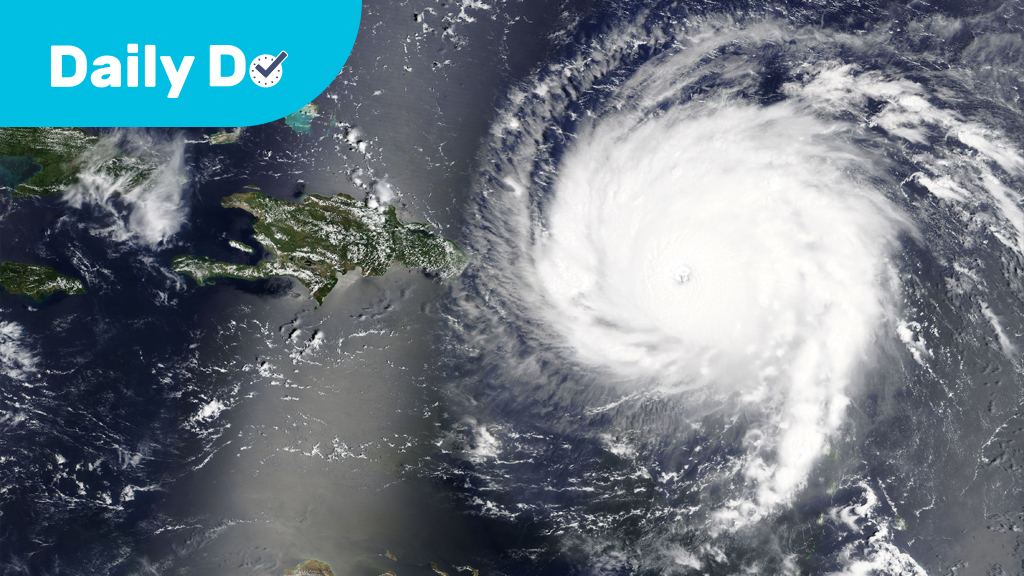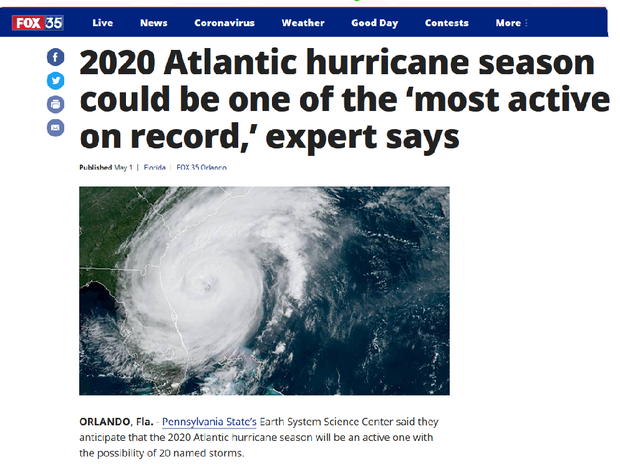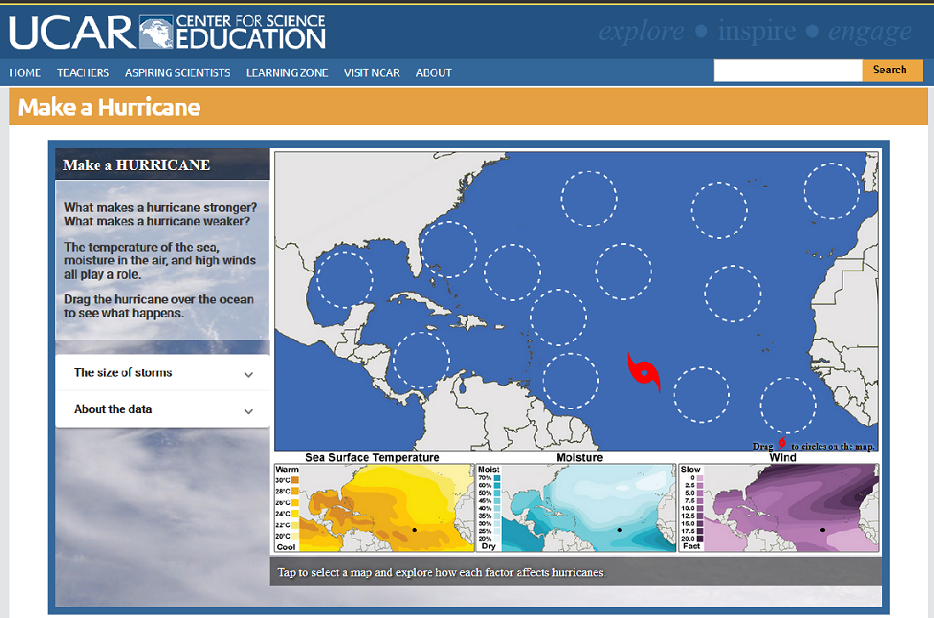Middle School | Daily Do
Why Are More Hurricanes Predicted This Year?

Crosscutting Concepts Disciplinary Core Ideas Earth & Space Science Is Lesson Plan NGSS Phenomena Science and Engineering Practices Three-Dimensional Learning Middle School Grades 6-8
Welcome to NSTA's Daily Do
Teachers and families across the country are facing a new reality of providing opportunities for students to do science through distance and home learning. The Daily Do is one of the ways NSTA is supporting teachers and families with this endeavor. Each weekday, NSTA will share a sensemaking task teachers and families can use to engage their students in authentic, relevant science learning. We encourage families to make time for family science learning (science is a social process!) and are dedicated to helping students and their families find balance between learning science and the day-to-day responsibilities they have to stay healthy and safe.
Interested in learning about other ways NSTA is supporting teachers and families? Visit the NSTA homepage.
Hurricane season in the United States officially runs from June through November; strong storms that make landfall in populated areas can have devastating consequences. Therefore, planning and preparation is critical in coastal areas like those along the Gulf and Atlantic Coasts. To aid with planning, each spring, researchers and forecasting agencies make predictions on the number, severity, and likelihood of landfall of storms. Global weather is a complex system, so these numbers—both the predicted and actual values—can vary widely from year to year. For 2020, meteorologists predicted a particularly active Atlantic hurricane season that could lead to a record number of hurricanes and an increased chance that a major storm will make landfall in the United States.
In today's task, Why are more hurricanes predicted this year?, students use an online simulation to figure out the main factors that contribute to hurricane formation and analyze data sets to evaluate scientists' claim about predicted hurricane activity in 2020.

Students will use the Make a Hurricane interactive simulation to make sense of the factors affecting the formation and strength of Atlantic hurricanes. Students can follow the on-screen directions to explore the roles that location of formation, sea surface temperature, moisture, and wind play in whether a hurricane forms and how it gains strength. After completing the simulation, students can obtain additional information from the accompanying reading How Hurricanes Form. Once students have completed these activities, ask them to explain in their own words how and where hurricanes form and how sea surface temperature, moisture, and wind affect their formation and strength.

To fully understand how winds can vary over time and to make sense of the data below, students need to understand a bit about how the El Niño and La Niña phenomena affect wind patterns. Students can obtain information about this from the "El Niño, Winds, and Hurricanes" article. To introduce the article, you might say to students, "We know how hurricanes form, but we haven't figured out why there are more hurricanes in some years than in others. I have this article that may provide the information we need to answer this question."
Analyzing Data to Evaluate the Claim (Does the Data Support the Claim?)
The NSTA Daily Do is an open educational resource (OER) and can be used by educators and families providing students distance and home science learning. Access the entire collection of NSTA Daily Dos.


